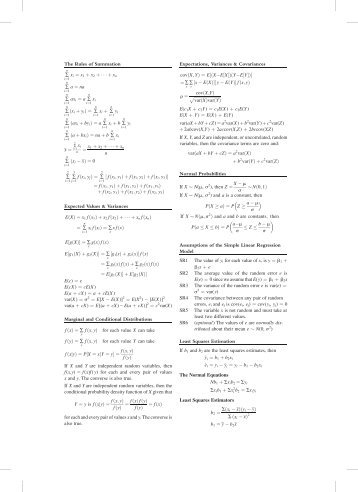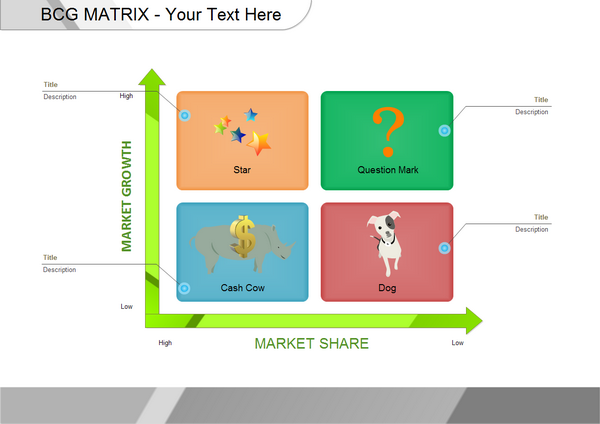Durable Goods: Definition vs Nondurable Goods
Contents:
During this period, borrowing costs are usually low as the central bank maintains low-interest rates to pull the economy out of recession. They are likely to cancel purchases of capital goods considering weak consumer demand. The consideration of the classification of durable or nondurable goods is the useful life of the goods. Thus, we do not differentiate whether goods are sold to the household sector or the business sector. Consumers regularly buy because nondurable goods have a relatively short lifespan. So, consumers will buy them more frequently, maybe once a week.

Normal goods experience an increase in demand with a rise in a consumer’s income. Consumer durables, also known as durable goods, are consumer goods that do not wear out quickly and therefore do not have to be purchased frequently. • Shopping goods are those items bought less frequently, are durable, and are commonly more expensive than convenience goods. • Nondurable goods are consumed in less than three years, are commonly used one time and include packaged food and drinks or laundry detergent.
Because of this, non-durable goods aren’t as subject to regular business cycles as durable goods. Because of this, industries and companies that provide non-durable goods have a constant supply of new customers (provided that they offer high-quality goods and services, of course). In the long term, non-durable goods have to be purchased repeatedly. Usually, they will adjust to financial and job conditions, and, in general, economic conditions. Some consumers prefer to rent some durable goods instead of buying them because they are expensive.
Out of total MSW generation in 2018, these products comprised an estimated one million tons, or 0.4 percent of all MSW. See Table 18 in the 2018 Data Tables for more in-depth information. With the exception of newspapers/mechanical papers recovery, there was very little documentation on the recovery of other nondurable paper by individual products. Industry-provided, nondurable goods-recovered paper estimates are presented as a total for books, magazines, office-type papers, standard mail and other commercial printing. Total recovery (excluding newspapers/mechanical papers) was about 8.8 million tons, or 43.1 percent of nondurable goods paper generation in 2018.
EPA estimates that the generation of clothing and footwear was 13 million tons in 2018 (4.4 percent of total MSW). Textiles, rubber and leather are the major material components of this category, with some plastics https://1investing.in/ present as well. The data in the table below are from 1960 to 2018, relating to the total number of tons of disposable diapers generated, recycled, composted, combusted with energy recovery and landfilled.
Examples of non-durables
Businesses consider their current and future profit condition. And, in general, both have to do with the future prospects for the economy. They are not for final consumption but are useful for helping produce other goods. Therefore, they are sold for the business sector, not for households.
- Although they may be necessary purchases, they require marketing to consumers to nudge a purchase.
- These businesses can offer other services like discount repairs or product accessories to build more frequent revenue streams.
- Instead of buying books and magazines, take some time to visit your community library.
- However, in the long run, they may plan and change demand accordingly.
Hence, consumers usually buy the product and stay away from the market for a long. For example, refrigerators, furniture, electronics, equipment, books, jewelry, etc. Consumer durable goods are designed to have an extended shelf life, operating on the assumption of a single purchase that provides utility over a longer period. In economics, they are known for their more elastic supply, while demand tends to be less elastic than utility. Capital goods also fall under consumer durables; businesses primarily use them, whereas durable goods are intended for household use. Non-durable goods constitute a stable figure in the economy and hence are not regarded as a prominent economic indicator.
Examples of Durable and Non-Durable Goods
These vice items, alcohol, and tobacco, also fall into the nondurable goods industry. So, by extension, vape juice and coils are also nondurable goods. That said, vapor devices are durable devices like other electronics. Consumer discretionary is an economic sector comprising non-essential products and services that individuals may only purchase when they have excess cash. Full BioRobert Kelly is managing director of XTS Energy LLC, and has more than three decades of experience as a business executive. He is a professor of economics and has raised more than $4.5 billion in investment capital.
Peruse the latest periodicals, or check out the latest books, there is something of interest to everyone. Check to see if your library will accept donations of your old books. You can also make durable goods last longer by choosing high quality items and maintaining them. Consumer magazines can assist in the process of picking reliable brands that perform well. Whether you are shopping for a car or a blender, a bit of research can save money and reduce waste in the long run.

Non durable goods, on the other hand, are not meant for repeated use. In fact, they can be used only once and they lose their ability to function after first use. This blog offers commentary, analysis and data from our economists and experts. Views expressed are not necessarily those of the St. Louis Fed or Federal Reserve System.
Due to their long expiration period, producers often store durable goods in warehouses instead of ramping up production to match demand. While greater demand for these goods does occur, it is rare as consumers typically try to maximize their utility until scrap value. As a result, the purchasing price of durable goods tends to be higher, which correlates with consumer spending. Investors, business owners, and economists keep a close eye on expenditures and new orders for consumer durables as a sign of sustainable economic growth.
More meanings of nondurable goods
Consumer durables, also known as durable goods, are goods that do not need to be purchased very often and last for at least three years. Consumer goods are categorized based on consumer behavior and marketed by type of good, such as a convenience product or specialty item. You should think about looking for another job or updating your skills when durable goods orders trend down. You might also increase the percentage of cash or bonds in your retirement portfolio. The GDP growth report could also be down, causing stock market declines andrecession.

They are also taught undergraduate and postgraduate courses in economics. On the other hand, durable goods have low elasticity, as some of them are near-necessary goods that we consume in our daily lives. Durable goods have an elasticity of less than one, and their demand does not change significantly even when there is a significant change in their price.
Nondurable Goods Definition
As a result, SMCGs usually take up more retail space for longer. Kitchen appliances, TVs, washing machines, and sofas are all examples of durable products. However, consumers replace their smartphones, laptops, and tablets more regularly due to the constant hardware revisions. This has caused many experts to suggest that some electronics are transitioning from durable goods into nondurable goods. Consumer durables hold their economic value better for longer than nondurable goods, and the sale of them drives the U.S. economy. When the sales of consumer durables are up, it generally forecasts a rise in GDP in the next quarter, because consumers tend to invest in them when they are feeling prosperous.
The consumer goods can be categorized as durable and non durable goods. FYI, consumer goods refer to those goods which can be used for final consumption. The distinction between durable and non durable goods is purely arbitrary. Durable goods are those which can be used several times, whereas non durable goods are those typically meant for single use only. Economists keep a close eye on the consumption of consumer durables, as it is considered a good indicator of the strength of the economy. Personal consumption expenditures is a measure of consumer spending and includes all goods and services bought by U.S. households.
Durable goods can be a source of significant value for individuals, as they provide long-term benefits and avoid resource overuse and waste. They can also serve as an investment, yielding returns over an extended period. However, durable goods may block household expenditure and consumption, depending on the context or circumstances. The life span of household goods is significant for sustainable consumption. The longer product life spans could contribute to eco-efficiency and sufficiency, thus slowing consumption in order to progress towards a sustainable consumption. Cooper proposed a model to demonstrate the crucial role of product life spans for sustainable production and consumption.
It reflects new orders placed with domestic manufacturers for the delivery of factory hard goods. It yields utility over time instead of being consumed in one use. Items like bricks would be considered durable goods because ideally they should never wear out. Durable goods are also classified as items that have long periods between successive purchases. They usually include cars, home appliances, consumer electronics, furniture, sports equipment, firearms and toys. When durable goods are selling well, it generally indicates a positive economy.
Durable goods used by businesses also include industrial equipment such as engines, metalworking machinery, and electrical transmission apparatus. Examples of consumer durable goods are furniture, T.V, refrigerators. The constant updating and improvement of these products mean that the goods last less and less time in the hands of a consumer.
Subsequently, changes in the purchase of non-durable goods are usually influenced by a change in population and demographics rather than an economic phenomenon. On the other hand, durable goods are considered a reliable economic indicator because demand tends to rise during economic growth and fall during a recession. Non-durable examples of non durable goods goods have an important place in households and thus in the economy. A significant portion of Gross Domestic Product comprises such products. These goods contribute to personal consumption, exports, and government purchases. While non-durable goods or soft goods are those goods that have a short life cycle.
